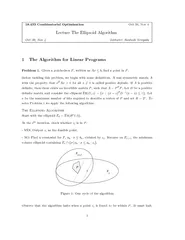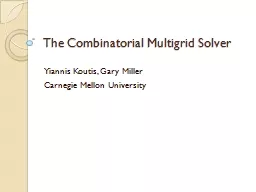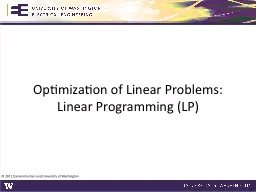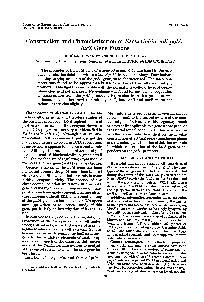PDF-JOURNAL OF COMPUTER AND SYSTEM SCIENCES Expressing Combinatorial Optimization Problems
Author : luanne-stotts | Published Date : 2014-12-12
Typically these polytopes have an exponential number of facets We explore the problem of finding small linear programming formulations when one may use any new variables
Presentation Embed Code
Download Presentation
Download Presentation The PPT/PDF document "JOURNAL OF COMPUTER AND SYSTEM SCIENCES ..." is the property of its rightful owner. Permission is granted to download and print the materials on this website for personal, non-commercial use only, and to display it on your personal computer provided you do not modify the materials and that you retain all copyright notices contained in the materials. By downloading content from our website, you accept the terms of this agreement.
JOURNAL OF COMPUTER AND SYSTEM SCIENCES Expressing Combinatorial Optimization Problems: Transcript
Download Rules Of Document
"JOURNAL OF COMPUTER AND SYSTEM SCIENCES Expressing Combinatorial Optimization Problems"The content belongs to its owner. You may download and print it for personal use, without modification, and keep all copyright notices. By downloading, you agree to these terms.
Related Documents














